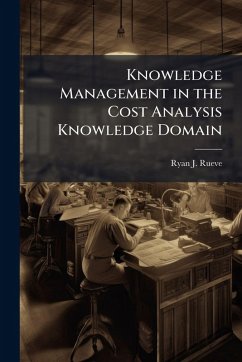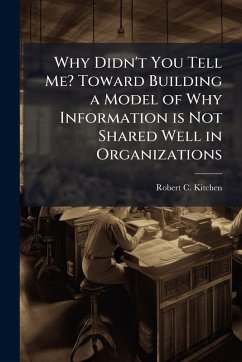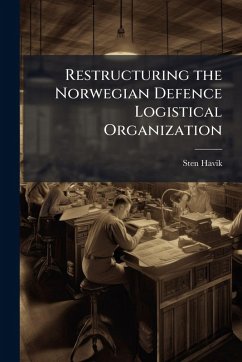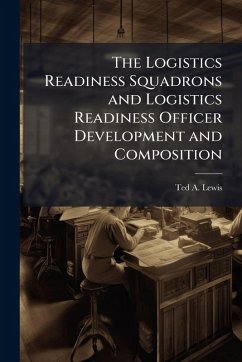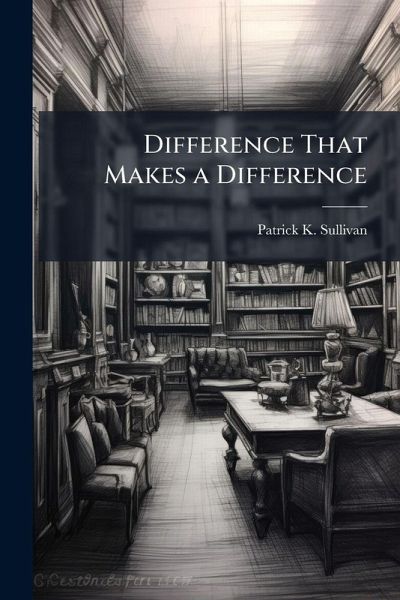
Difference That Makes a Difference

PAYBACK Punkte
8 °P sammeln!
In today's interconnected society there has been a push for the use of technology to increase the speed of information blurring the distinction between knowledge and information. This monographs illustrates the issues with knowledge and the common misconceptions that the United States Army is experiencing with Knowledge Management as an emerging concept. Knowledge Management has been introduced into doctrine over the past five years; however the concepts are being confused and causing issues in understanding of what knowledge and information management encompass. The terminology for informatio...
In today's interconnected society there has been a push for the use of technology to increase the speed of information blurring the distinction between knowledge and information. This monographs illustrates the issues with knowledge and the common misconceptions that the United States Army is experiencing with Knowledge Management as an emerging concept. Knowledge Management has been introduced into doctrine over the past five years; however the concepts are being confused and causing issues in understanding of what knowledge and information management encompass. The terminology for information and knowledge in doctrine is not consistent which causes the words to be used without precision. Additionally, the Army is trying to grapple with the changing hierarchical structure to one of a networked hierarchy, through modularity, further causing confusion. The importance of knowledge management is the human processes that facilitate the transfer of knowledge in the current and future cultures. Knowledge management is not a specific system or piece of technology, it is a human process. This work has been selected by scholars as being culturally important, and is part of the knowledge base of civilization as we know it. This work was reproduced from the original artifact, and remains as true to the original work as possible. Therefore, you will see the original copyright references, library stamps (as most of these works have been housed in our most important libraries around the world), and other notations in the work. This work is in the public domain in the United States of America, and possibly other nations. Within the United States, you may freely copy and distribute this work, as no entity (individual or corporate) has a copyright on the body of the work. As a reproduction of a historical artifact, this work may contain missing or blurred pages, poor pictures, errant marks, etc. Scholars believe, and we concur, that this work is important enough to be preserved, reproduced, and made generally available to the public. We appreciate your support of the preservation process, and thank you for being an important part of keeping this knowledge alive and relevant.





